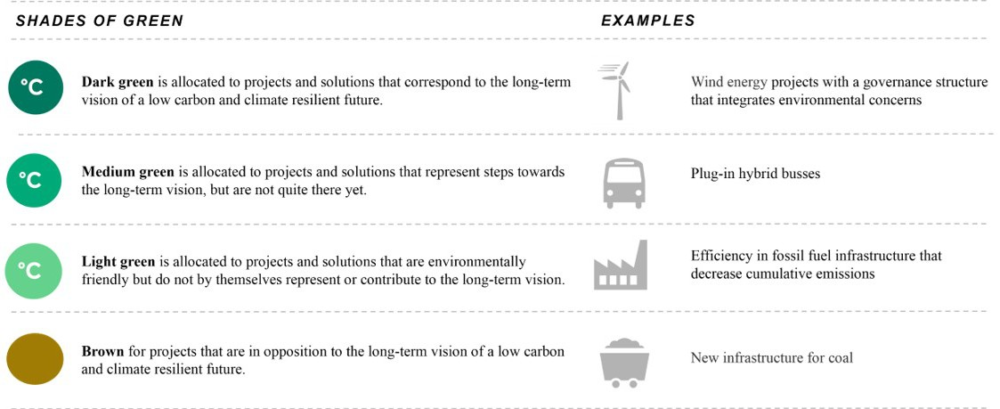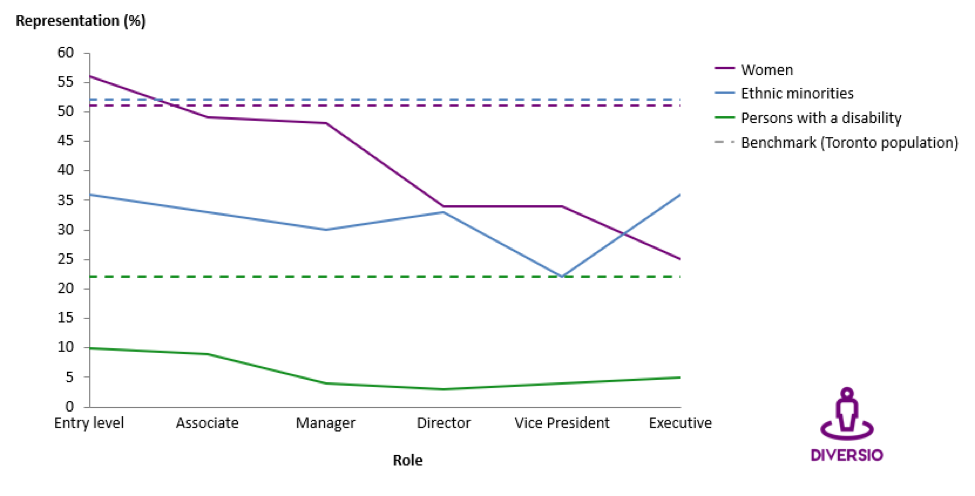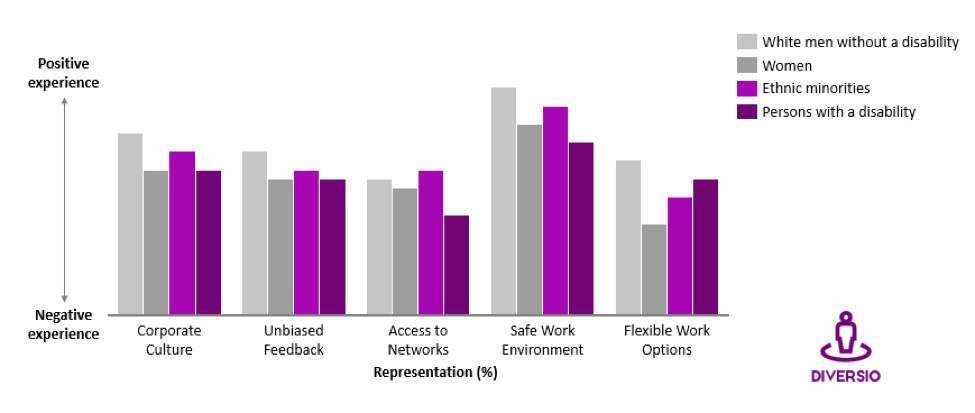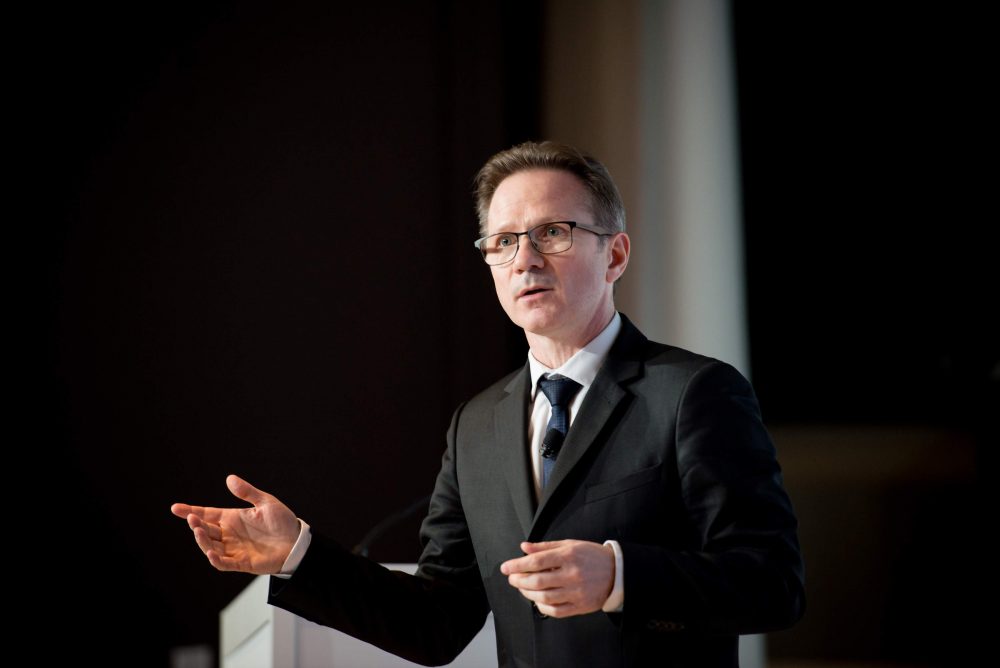From Facebook’s data breach to the Vale Dam disaster to Volkswagen’s emissions scandal, we have seen how an environmental, social or governance (ESG) issue, especially when overlooked, can eventually surface and have a tremendous impact on a company’s performance.
It has become clear that the world has less tolerance for bad behaviour and investors are on the hunt for strategies that do well while doing good. While ESG considerations have become applied by some mainstream investors, the alternative fund management industry has been slower to adopt it and the focus has mostly been on SRI and impact funds. But changes in the way hedge funds evaluate companies are underway.
When we originally started our ESG learning journey we thought we could simply buy third party data and incorporate them into our fundamental work; however, we quickly discovered what we believe are the short comings of ESG rating agencies. For example, data providers often use static, backward looking and voluntary company disclosures. This led us to develop our own proprietary scoring framework.
Our 30 factor framework was developed based on SASB materiality research, the U.N. Sustainable Development Goals, third-party studies and our own subjective criteria. The factors are consistent across sectors; however, the “E”, “S”, and “G” are weighted differently across sectors. For example, in energy and mining the “E” is more relevant, whereas in consumer products such as, tobacco producers the “S” is more relevant. There are 11 global industry classification standards (“GICS”) sectors, so we started with 11 different scorecards and continued to refine sub-sector scorecards from there. This allows us to not only identify companies with positive ESG scores and practices, but also effectively short the bad actors.
By examining the case of an International Cruise Line stock (“Company X”), we will demonstrate the following:
- How a failure to comply with ESG will eventually cause a material valuation impact
- How hedge funds can incorporate ESG into their valuations and use a long/short approach to reward the “good” companies and short the “bad actors”.
In the case of Company X, one of the largest players in the global cruising industry, we saw the looming impact on its valuation through operational, reputational, and regulatory disruptions as well as incremental operating costs and capital expenditures.
Company X holds 40% of the global market and is facing rising environmental headwinds, including stricter regulations from organizations such as the International Maritime Organisation (IMO) 2020, which ruled that as of January 1, 2020, marine sector emissions in international waters must be cut. In 2019, a study found that the air on Company X ships has as much air pollution as the city of Beijing, one of the worst offenders in air quality. The regulatory and investment communities are holding companies to higher standards regarding their environmental and social practices, creating new implications for companies like cruise line stocks.
We look at multiple third party scores and normalize them within our framework to arrive at a final third party score. In the case of Company X third parties gave them a -0.05 ESG score whereas at Waratah Capital Advisors Ltd., it received a -2.00 score, and a clear short.
Despite heavy negative scrutiny in 2019, including a Federal judge threatening to ban the company from docking at U.S. ports, Company X kicked off 2020 with yet another negative headline in violation of U.S. regulations finding themselves in the spotlight once again for pollution. The Florida Department of Protection confirmed that they discharged approximately 5,900 gallons of “gray water” into the ocean. Gray water is leftover water containing bacteria (among many other dangerous items) from baths, sinks, showers and laundry facilities. Company X is a repeat offender and has skirted environmental regulations 10 times. Although Company X aspires to be the industry leader in best practices and environmental responsibility from a policy perspective, this event clearly indicates that in reality they are not committed to making improvements, and continues to pose a high ESG risk.
With the global macro uncertainty related to the COVID-19 pandemic, cruises are becoming incrementally more of a discretionary item, resulting in pricing softness coupled with endless new industry capacity. On March 8 the CDC issued a public advisory to “defer all cruise ship travel worldwide” yet Company X still had passengers at sea in early April, nearly a month after. The company’s Chief Medical Officer even made early coronavirus warnings; however, Company X continued operations as usual. This gave rise to new lawsuits filed combined with social issues related to their handling of the coronavirus while stranding thousands of guests and workers at sea. More than 1,500 people on the company’s cruise ships were diagnosed with coronavirus and dozens died. As an active manager, Waratah was well aware of the infractions continuing to take place with Company X, so in response to these events, we were able to re-score the company, ultimately lowering it further from -2.00 to -2.25.
Based on our assessment, we noticed a repetitive pattern of Company X attempting to conceal their environmental breaches under probation. This resulted in one of the largest adjustment factors in our internal scoring database. As we continued to monitor Company X, it was noticed that internal governance within the company was not improving, which was evident through continual breaches and controversies. We downgraded Company X further, which has also been strongly correlated with their negative stock performance.
Waratah’s investment thesis was to short the position on behalf of our clients based on ESG risks: environmental concerns and law suits due to the repetitive breach of large legal settlements and poor industry dynamics, which ultimately impacted fundamentals. The scoring decision for our short position of Company X was extremely advantageous. This is evident through their stock performance as the YTD return for the company is -70.88%, which is underperforming the overall stock market by 71.03%.
Specifically within the cruise line industry, companies are susceptible to environmental risks more than ever. We believe that it is important to identify the bad actors in the space early on. With rising awareness of pollution and evolving environmental regulations, there is undoubtedly a higher potential consequence for fines and risk.
Company X is a great ESG short case study where they have been placed on probation and fined $40MN in late 2016. Company X violated their probation repetitively by attempting to falsify records, dump waste into the ocean, and illegally dump gray water off the ships. Resultantly, the court even threatened to restrict their ships from US ports. This had materially impacted their financials, and ultimately played into the growing theme of environmental risks that affect interest from investors and even customers. This shift of ESG narrative from corporates could hopefully push the company to revamp their operations to ensure complete transparent, honest, and environmentally cleaner operations moving forward.
Thankfully, there is a compelling connection between ESG factors, performance and risk, which makes it evident that ESG, is here to stay. Investment managers can achieve meaningful impact as well as meaningful financial returns over the long-term by integrating ESG considerations into fundamental investment analysis and portfolio construction. It is clear that if ESG factors are not considered in fundamental analysis, opportunities and risks are not addressed. A long short approach allows managers to reward the “good” companies and short the bad actors, increasing their cost of capital and using the capital markets to encourage change.


 While there has been a growing focus on gender diversity, there is less attention to ethnic, racial and cultural minorities, persons with a disability, the LGBTQ2+ community and socioeconomic backgrounds. Diversity data of all kinds should be collected and tracked.
While there has been a growing focus on gender diversity, there is less attention to ethnic, racial and cultural minorities, persons with a disability, the LGBTQ2+ community and socioeconomic backgrounds. Diversity data of all kinds should be collected and tracked.
 Roger Beauchemin, CEO of Addenda Capital and Vice-chair of the RIA’s Board of Directors, put it very simply in his opening address; the growing attendance, with a record 570 registrants and over 100 more on the waiting list, is a testament to how salient responsible investing has become – not only for financial market participants in Canada, but for us all. “I hope that you will leave this conference with a renewed sense of energy and determination to change the world, because together we can, and honestly, together we must.”
Roger Beauchemin, CEO of Addenda Capital and Vice-chair of the RIA’s Board of Directors, put it very simply in his opening address; the growing attendance, with a record 570 registrants and over 100 more on the waiting list, is a testament to how salient responsible investing has become – not only for financial market participants in Canada, but for us all. “I hope that you will leave this conference with a renewed sense of energy and determination to change the world, because together we can, and honestly, together we must.”




 Before diving into another full day of engaging discussions and busy networking breaks, the crowd received some encouraging opening remarks from Luc Fortin, President and CEO of the Montréal Exchange (MX) and Global Head of Trading with TMX Group. Having signed on to the United Nations Sustainable Stock Exchanges (SSE) initiative in February of this year, TMX has shown leadership in promoting sustainability performance and transparency in capital markets.
Before diving into another full day of engaging discussions and busy networking breaks, the crowd received some encouraging opening remarks from Luc Fortin, President and CEO of the Montréal Exchange (MX) and Global Head of Trading with TMX Group. Having signed on to the United Nations Sustainable Stock Exchanges (SSE) initiative in February of this year, TMX has shown leadership in promoting sustainability performance and transparency in capital markets.



